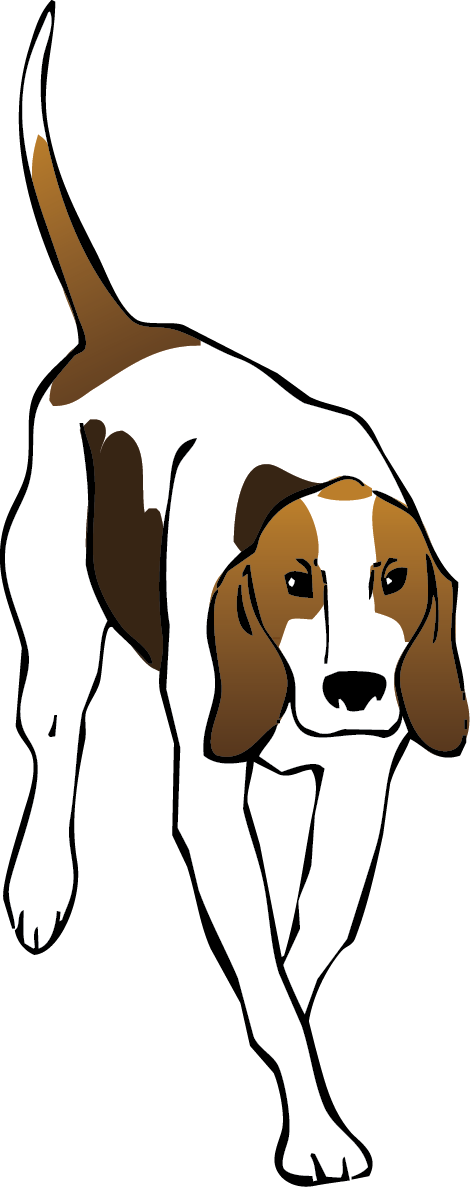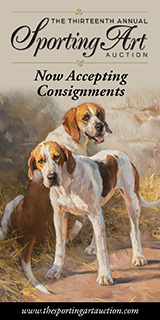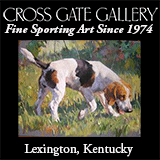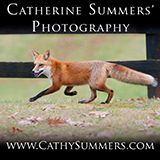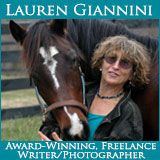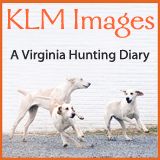belvoir
A Sporting Tour Through Merry Old…Part 1
Master and huntsman Adam Esom and the South Wold Foxhounds midst the sugar beets in Lincolnshire. / James Barclay photo
Join James Barclay---an ex-Master of five English foxhunts---for a personal and revealing tour of elite hunting establishments through Middle and Eastern England. Part 2 to follow.
This last summer has been one of the busiest for a while with a fair share of weekends spent judging various Puppy Shows, which is always a pleasurable thing to do, but sadly does nothing beneficial for the waistline! It is always nice to look at hounds during their restful period, and we can soon start to gauge what there is coming on from behind the scenes and start to assess the breed’s general standard.
On that note, it is a great relief to see a lot of nice hounds about, as there was a time after that dreaded day in February 2005 when the Hunting Act became law that many packs cut right back to a minimum. However, to see that confidence returning is most reassuring to all of us who take the breeding of the Foxhound seriously.
Now the time had come to dust off the camera and get out there and firstly to take some early morning pictures of hounds on exercise. This is a wonderful time of year as, given the blessing of some good weather, harvest starts to move, and with those dewy late summer mornings and a hint of mist in the air, our countryside comes to life in a way any true hunting man knows. So visits to Badminton, Belvoir and the Bicester were a particular pleasure this year, as last summer, I had decided to cover most packs in the Eastern Counties as well as the Midlands.
Goodall’s Practice: A Huntsman’s Guide
The highest praise that can be given to a huntsman is for a fool to say, ‘We had a great run and killed our fox; as for the huntsman, he might have been in bed!” –Lord Henry Bentinck
This week we look at another legendary huntsman of the past, William Goodall, huntsman in the nineteenth century to the Duke of Rutland’s Belvoir foxhounds (UK).
Goodall’s methods greatly impressed Lord Henry Bentinck, one of the leading MFHs of the day. Captain Simon Clarke, MFH of the New Forest foxhounds (UK) tells us that Lord Henry hunted three horses a day, kept copious notes, compared the best of England’s huntsmen, and thought William Goodall to be the premier huntsman in England.
When in 1864 Lord Henry sold his famous hound pack, he wrote a letter to the purchaser, Mr. Henry Chaplin, describing William Goodall’s hunting methods. The information in the letter so impressed Mr. Chaplin that, some years after Lord Henry’s death, he had it published under the title, The Late Lord Henry Bentinck on Foxhounds: Goodall’s Practice.
"Goodall’s Practice,” says Captain Clarke, “is the best treatise on hunting hounds ever written.” The revered Master and hound breeder Isaac “Ikey” Bell, the single individual most responsible for the modern English foxhound, is said to have had Goodall’s Practice painted on the ceiling over his bathtub. If you watch while hunting this season, you may see and recognize some of these same practices being used by your own huntsman. Here’s an extract.
Otho Paget’s Memories of the Shires Re-Published
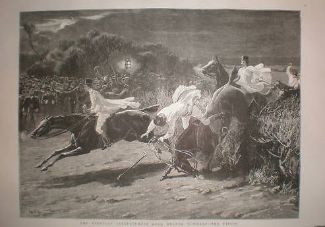 Melton Mobray Midnight Steeplechase of 1890Captain Otho Paget hunted six days a week with the Quorn, Cottesmore, and Belvoir Foxhounds during some of foxhunting’s golden years—the late Victorian and early Edwardian periods. His hunting reports, under the pseudonym Q, were published by The Field, Horse and Hound, and other publications. A collection of the reports was published by Methuen in 1920 in an edition titled Memories of the Shires.
Melton Mobray Midnight Steeplechase of 1890Captain Otho Paget hunted six days a week with the Quorn, Cottesmore, and Belvoir Foxhounds during some of foxhunting’s golden years—the late Victorian and early Edwardian periods. His hunting reports, under the pseudonym Q, were published by The Field, Horse and Hound, and other publications. A collection of the reports was published by Methuen in 1920 in an edition titled Memories of the Shires.
